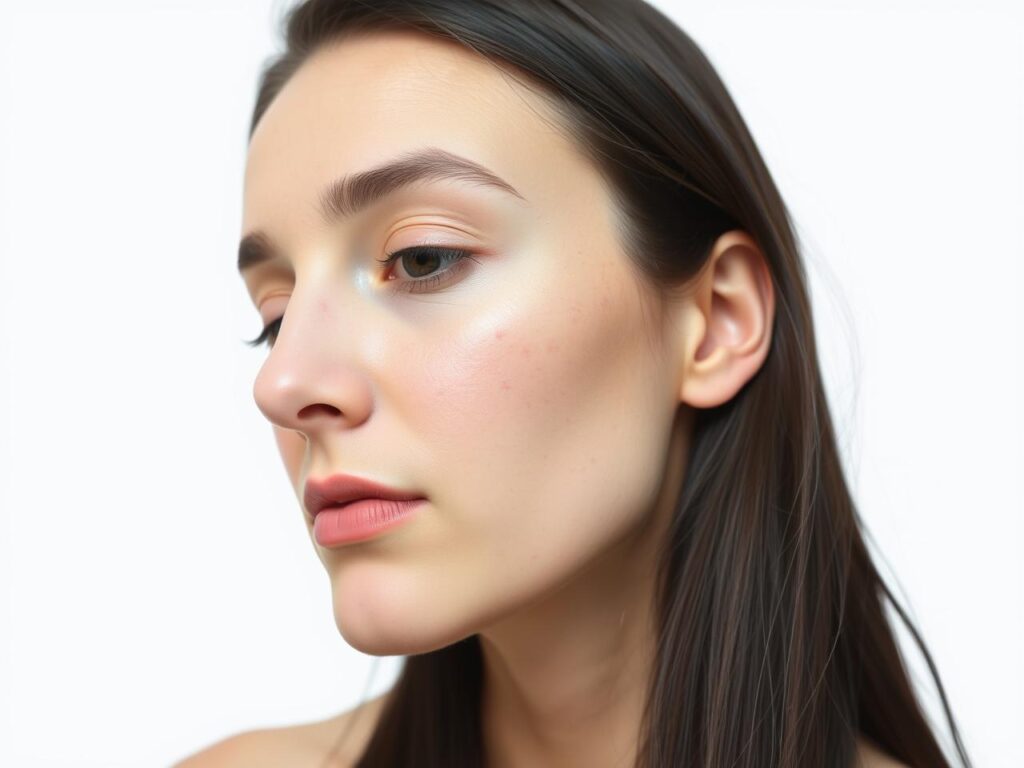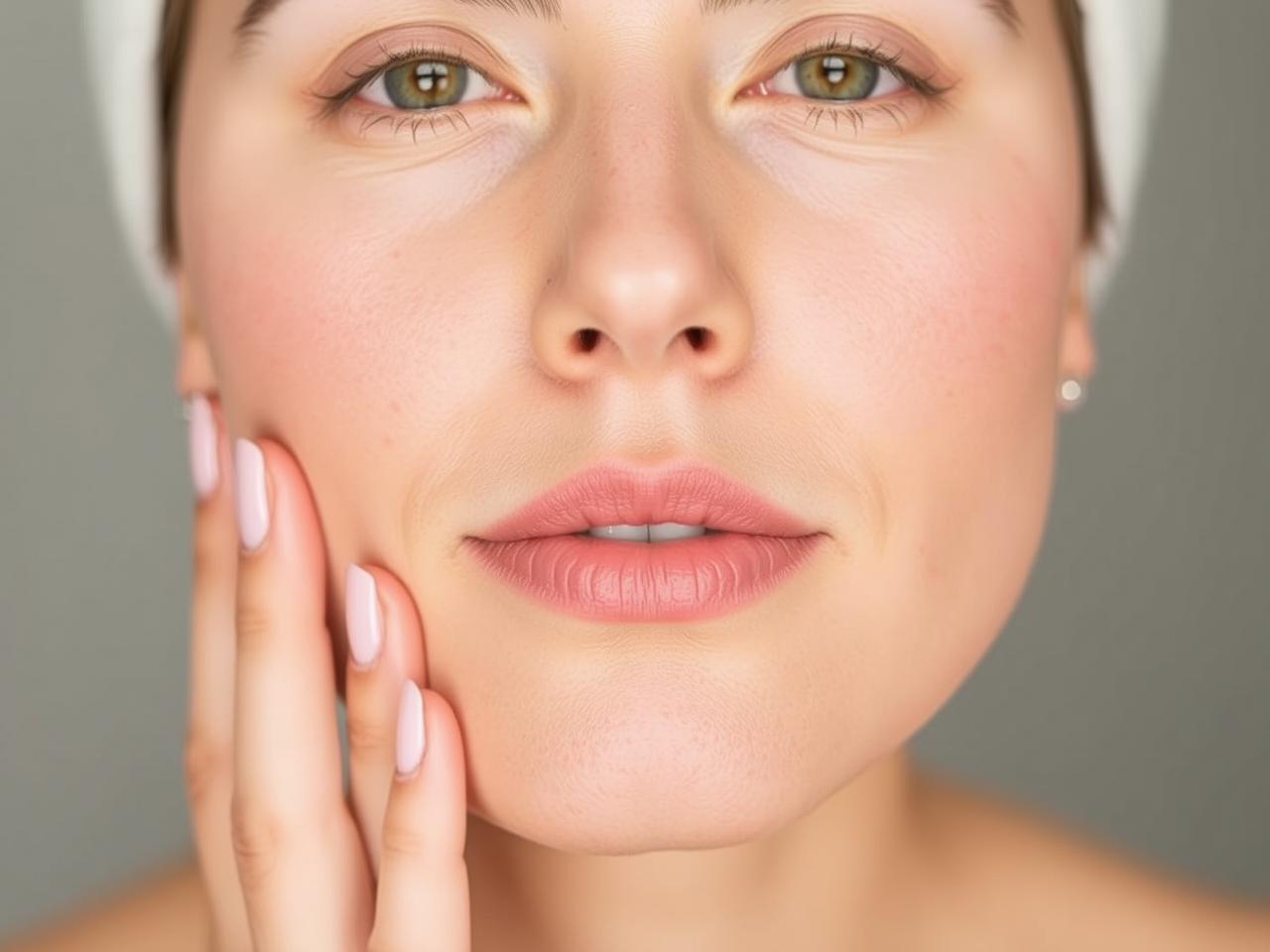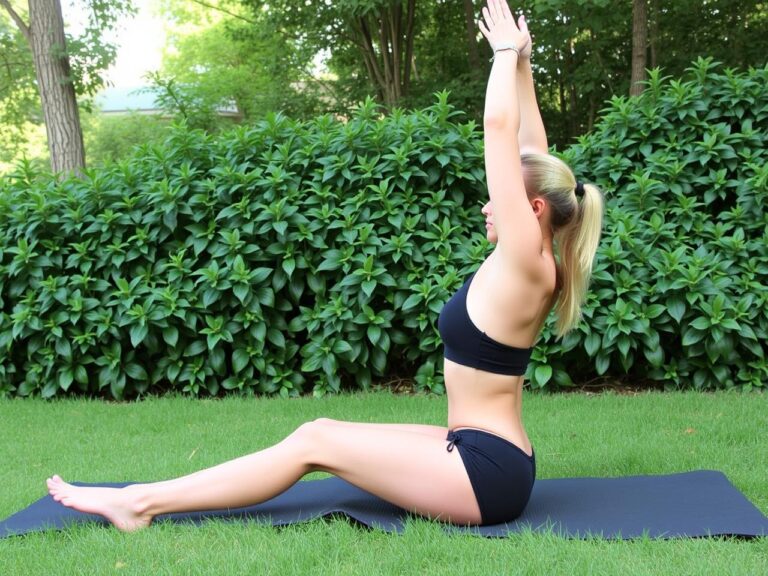How To Get Rid Of Forehead Acne- Causes and Treatment
Forehead acne is caused by multiple factors, including hormonal imbalances, excessive sebum production, and accumulation of dead skin cells. Hormonal fluctuations during puberty, menstruation, pregnancy, or menopause can increase oil production, leading to clogged pores and acne. Certain medications, such as corticosteroids and birth control pills, may also contribute to hormonal imbalances and subsequent acne outbreaks.
Overproduction of sebum can result in clogged pores and acne formation. When excess oil combines with dead skin cells and bacteria, it can lead to pimples. The forehead is particularly susceptible to this issue due to its higher concentration of sebaceous glands compared to other facial areas.
The accumulation of dead skin cells is another contributing factor to forehead acne. When these cells are not properly exfoliated, they can mix with oil and bacteria, resulting in clogged pores and acne. This process can be exacerbated by poor skincare habits, environmental pollutants, and hair products that may transfer onto the forehead and obstruct pores.
Key Takeaways
- Forehead acne can be caused by a variety of factors including hormonal imbalances, stress, and poor skincare habits.
- Identifying your skin type and potential acne triggers is crucial in developing an effective treatment plan for forehead acne.
- Establishing a consistent skincare routine that includes gentle cleansing, exfoliation, and moisturizing can help manage forehead acne.
- Incorporating acne-fighting ingredients such as salicylic acid and benzoyl peroxide can be effective in treating forehead acne.
- Making lifestyle changes such as managing stress, eating a balanced diet, and avoiding pore-clogging products can help prevent future forehead acne breakouts.
Identifying Your Skin Type and Acne Triggers

Characteristics of Different Skin Types
Normal skin is well-balanced, neither too oily nor too dry. Oily skin, on the other hand, produces excess sebum, leading to a shiny complexion and a higher likelihood of acne breakouts. Dry skin lacks moisture, often feeling tight or flaky, which can cause irritation and sensitivity. Combination skin is a mix of oily and dry areas, typically with the T-zone (forehead, nose, and chin) being oily and the cheeks being dry.
Identifying Acne Triggers
In addition to understanding your skin type, it’s crucial to identify potential acne triggers that may be exacerbating forehead acne. These can include certain skincare products, makeup, hair products, diet, stress, and environmental pollutants.
Tracking Your Skincare Routine and Lifestyle
Keeping a journal of your skincare routine, diet, and lifestyle habits can help pinpoint potential triggers contributing to forehead acne. By monitoring your habits and skin reactions, you can make informed decisions to create a personalized skincare routine that effectively targets forehead acne.
Establishing a Skincare Routine for Forehead Acne
Establishing a consistent skincare routine is essential for managing forehead acne. This routine should include gentle cleansing, exfoliation, moisturizing, and sun protection. When cleansing the skin, it’s important to use a gentle cleanser that effectively removes dirt, oil, and makeup without stripping the skin of its natural oils.
Look for a non-comedogenic cleanser that won’t clog pores or exacerbate acne. Exfoliation is also an important step in managing forehead acne, as it helps to remove dead skin cells that can clog pores and lead to breakouts. However, it’s important to use a gentle exfoliant that won’t irritate the skin or cause micro-tears.
Chemical exfoliants containing ingredients such as salicylic acid or glycolic acid can be effective for treating acne-prone skin. Moisturizing is essential for all skin types, including oily and acne-prone skin. Look for a lightweight, non-comedogenic moisturizer that won’t clog pores or contribute to excess oiliness.
Additionally, don’t forget to apply sunscreen daily to protect the skin from harmful UV rays, which can exacerbate acne and cause premature aging.
Incorporating Acne-Fighting Ingredients into Your Skincare Routine

In addition to establishing a basic skincare routine, incorporating acne-fighting ingredients can help manage forehead acne. Ingredients such as salicylic acid, benzoyl peroxide, retinoids, and niacinamide are known for their ability to treat and prevent acne breakouts. Salicylic acid is a beta hydroxy acid that exfoliates the skin and unclogs pores, making it effective for treating blackheads and whiteheads.
Benzoyl peroxide works by killing acne-causing bacteria and reducing inflammation, making it effective for treating inflammatory acne. Retinoids are vitamin A derivatives that help unclog pores, reduce inflammation, and promote cell turnover, making them effective for treating both comedonal and inflammatory acne. Niacinamide is a form of vitamin B3 that helps regulate oil production, reduce inflammation, and improve the skin’s barrier function, making it effective for treating acne and preventing future breakouts.
When incorporating these ingredients into your skincare routine, it’s important to start slowly and patch test to avoid potential irritation or allergic reactions. Additionally, it’s important to use these ingredients as directed and avoid using them in combination with other potentially irritating products.
Lifestyle Changes to Help Prevent Forehead Acne
In addition to a consistent skincare routine and acne-fighting ingredients, making lifestyle changes can help prevent forehead acne. This can include factors such as diet, stress management, exercise, and hair care. A diet high in refined sugars and carbohydrates has been linked to an increase in insulin levels and subsequent oil production, which can contribute to acne breakouts.
Incorporating more fruits, vegetables, lean proteins, and whole grains into your diet can help support overall skin health. Stress management is also important for preventing forehead acne, as stress can trigger hormonal imbalances that lead to increased oil production and subsequent breakouts. Engaging in stress-reducing activities such as yoga, meditation, deep breathing exercises, or spending time in nature can help manage stress levels and support clear skin.
Regular exercise can also help prevent forehead acne by promoting circulation and reducing stress levels. However, it’s important to shower and cleanse the skin after sweating to remove any buildup of sweat and bacteria that can contribute to breakouts. Additionally, paying attention to hair care is important for preventing forehead acne.
Hair products such as pomades, gels, and hairsprays can transfer onto the forehead and clog pores, leading to breakouts. Opt for non-comedogenic hair products and avoid letting hair products come into direct contact with the forehead.
Seeking Professional Treatment for Stubborn Forehead Acne

Personalized Treatment Plans
A dermatologist can assess your skin type and specific acne concerns to recommend an appropriate treatment plan. This may include prescription-strength topical treatments such as retinoids or antibiotics, oral medications such as oral contraceptives or isotretinoin (Accutane), or in-office treatments such as chemical peels or laser therapy.
Expert Guidance and Product Recommendations
Additionally, a dermatologist can provide guidance on how to properly care for acne-prone skin and recommend specific products or ingredients that are best suited for your skin type and concerns.
Ongoing Support and Side Effect Management
They can also offer advice on how to manage potential side effects of acne treatments and provide ongoing support for managing stubborn forehead acne.
Tips for Preventing Future Breakouts
Once you have established a skincare routine and sought professional treatment for stubborn forehead acne, there are several tips for preventing future breakouts. This includes factors such as maintaining a consistent skincare routine, avoiding picking or squeezing pimples, regularly washing pillowcases and makeup brushes, avoiding touching the face with dirty hands, and avoiding excessive sun exposure. Consistency is key when it comes to preventing future breakouts.
Stick to your skincare routine and be patient with the results, as it can take time for acne treatments to show improvement. Additionally, avoid picking or squeezing pimples, as this can lead to scarring and further inflammation. Regularly washing pillowcases and makeup brushes can help prevent the buildup of dirt and bacteria that can contribute to breakouts.
Avoiding touching the face with dirty hands is also important for preventing future breakouts. The hands come into contact with numerous surfaces throughout the day that can harbor bacteria and dirt, which can then transfer onto the face and clog pores. Finally, avoiding excessive sun exposure is important for preventing future breakouts and protecting the skin from premature aging.
Use sunscreen daily and seek shade during peak sun hours to protect the skin from harmful UV rays. In conclusion, managing forehead acne requires an understanding of its causes, identifying your skin type and potential triggers, establishing a consistent skincare routine with acne-fighting ingredients, making lifestyle changes to support clear skin, seeking professional treatment when necessary, and implementing tips for preventing future breakouts. By taking a comprehensive approach to managing forehead acne, you can support clear and healthy skin for the long term.
FAQs
What causes forehead acne?
Forehead acne can be caused by a variety of factors including hormonal changes, excess oil production, bacteria, and clogged pores. Other factors such as stress, diet, and certain hair and skincare products can also contribute to forehead acne.
How can I prevent forehead acne?
To prevent forehead acne, it is important to maintain a regular skincare routine that includes cleansing the skin twice a day, using non-comedogenic products, and avoiding excessive touching of the forehead. Additionally, managing stress, maintaining a healthy diet, and keeping hair and hair products away from the forehead can help prevent acne.
What are the treatment options for forehead acne?
Treatment options for forehead acne include over-the-counter topical treatments containing ingredients such as benzoyl peroxide or salicylic acid, prescription medications, and professional treatments such as chemical peels or laser therapy. It is important to consult with a dermatologist to determine the best treatment plan for individual cases of forehead acne.







